In this feature we will try to shed some light on some of the terms and concepts that gravitate around vertical fishing with soft plastic lures, with a special focus on rods, which can often be disorienting for first-time anglers.
Which rod 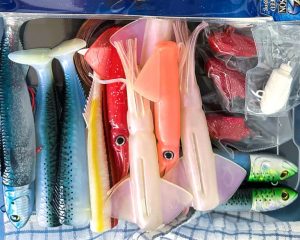
This is the first question that a beginner justifiably raises and which most of the time he or she cannot answer, since opinions are often conflicting and sometimes the terminology used is incorrect.
The first thing I want to say is that whether you are a beginner or an experienced angler, vertical fishing with soft plastic lures can be practiced just as well with a fixed reel rod as with a rod with a bait casting handle (with the typical trigger at the bottom of the reel plate) and then rotating reel.
So, let’s dispel the myth that some, perhaps for commercial reasons, have created, namely, that fishing with a rotating rod gives better results and more efficient fishing. This is not true! Therefore, choose your rods according to your needs and personal taste.
However, what rod to choose?
Regardless of whether it is from a rotating or a fixed reel, the choice is often confusing since there is also confusion in the nomenclature of the rods.
In fact, some recommend slow jigging rods, some vertical jigging, some light jigging, some slow pitch ones.
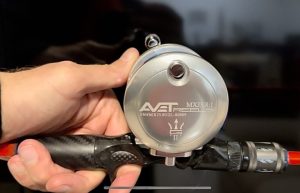
But this does not exactly coincide with the technique we practice with soft plastic lures, which generally involves rather linear retrieves of the artificial lures, such as may be rubber imitations of cephalopods, such as JLC’s famous Xipi or Xoco, or shad and leadhead. These linear retrieves are often animated with speed changes, stop and go, or slow retrieves that are progressively brought up to a sustained speed. At other times, during the retrieve, we can insert light, short jerks(for those who are not familiar with the term jerk: we are talking about the oscillations that we will make with the rod, slightly raising and lowering the line, during the retrieve phase), which can have a more or less intense rhythm, but in any case with a movement which is completely different from jerks that must be impressed to animate metal jigs for vertical jigging or even slow jigging.
In some ways, 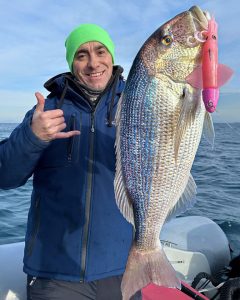
This is the reason why we often see people practicing this technique even with very different rods, but still succeeding in getting good results.
Lately it seems that some companies have changed the trend, indicating some rods as specific gear for soft plastic lures, but regardless of what is written on the shaft of a rod, whether it is slow jig, slow pitch, vertical jigging, etc., always try, in your choice, to rely on companies that deal with this technique specifically, even better if they produce artificial lures of this type, and that have a good knowledge of how the lures should be maneuvered and which are the most efficient rods. However, if in purchasing you are still in confusion, look for companies that have been manufacturing and offering rods for many years, and therefore know how to pick up on small important technical differences in manufacturing, also leaning on expert consultants.
Is there an ideal rod for soft plastic lures?
Considering the fact that when fishing with soft plastic lures you can use baits with 50 gr heads, as well as 250 gr, you can look for in the subcoastal maybe medium-powered fish, such as bass or skipjack, but fishing also on deeper bottoms, looking for big armor snappers, powerful brown or white groupers, snappers and amberjacks, it seems complicated, if not impossible, to think that one rod can cover all our needs.
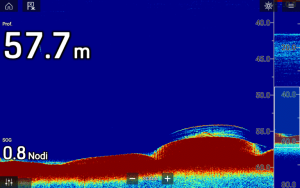
It will be thanks to the particular action of these rods that we will be able to maneuver in the best, therefore smoother, way our baits as much with slow, cadenced movements as in faster retrieves.
As a general rule, but also according to personal taste, anglers use rods ranging from 1.80 to 2 meters, so from about 5’9” to 6’7”, and that will be matched, according to power, to reels with a max drag of at least 7-10 Kg (employing braids that on average will range from 40 to 60 lb).




















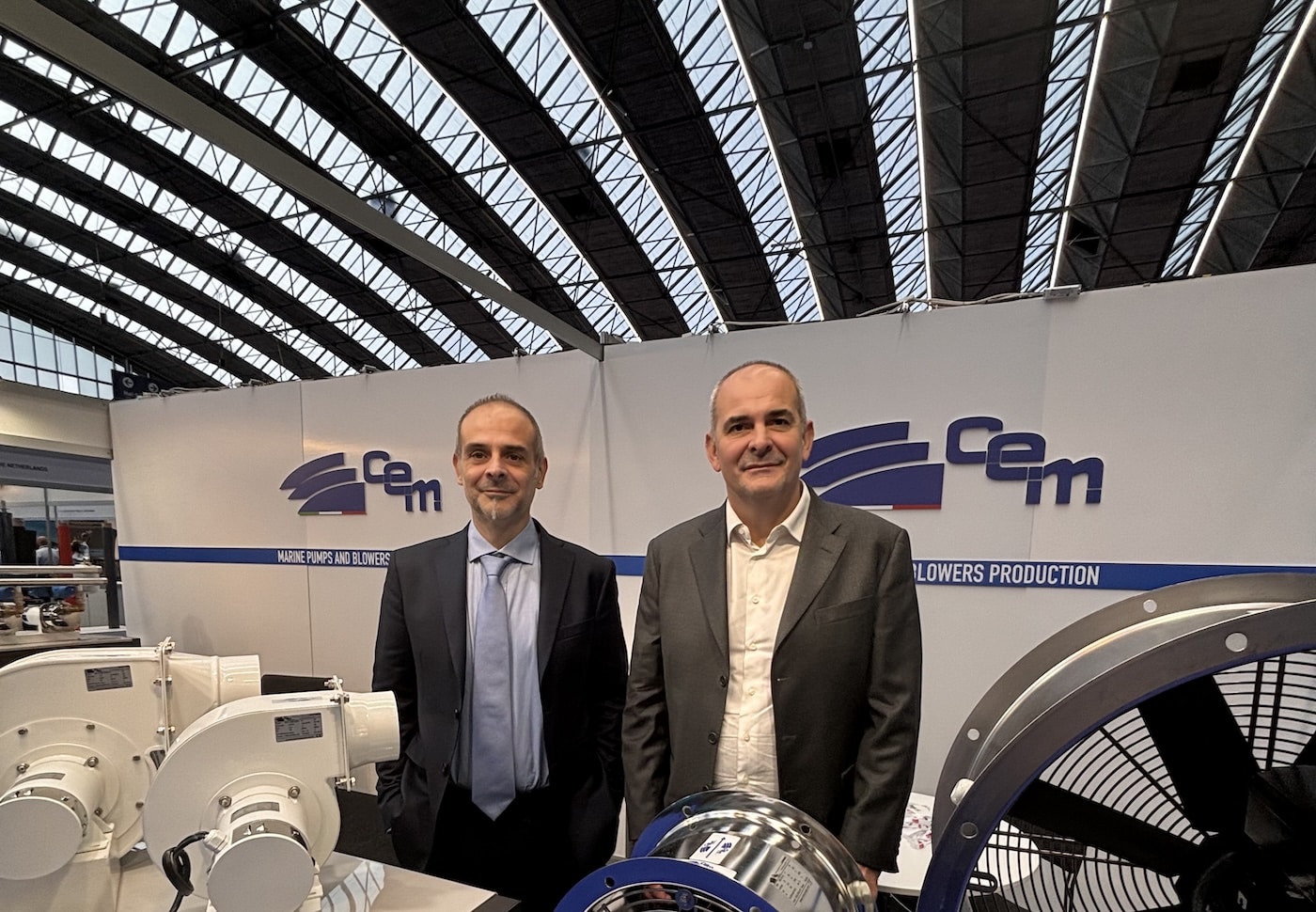


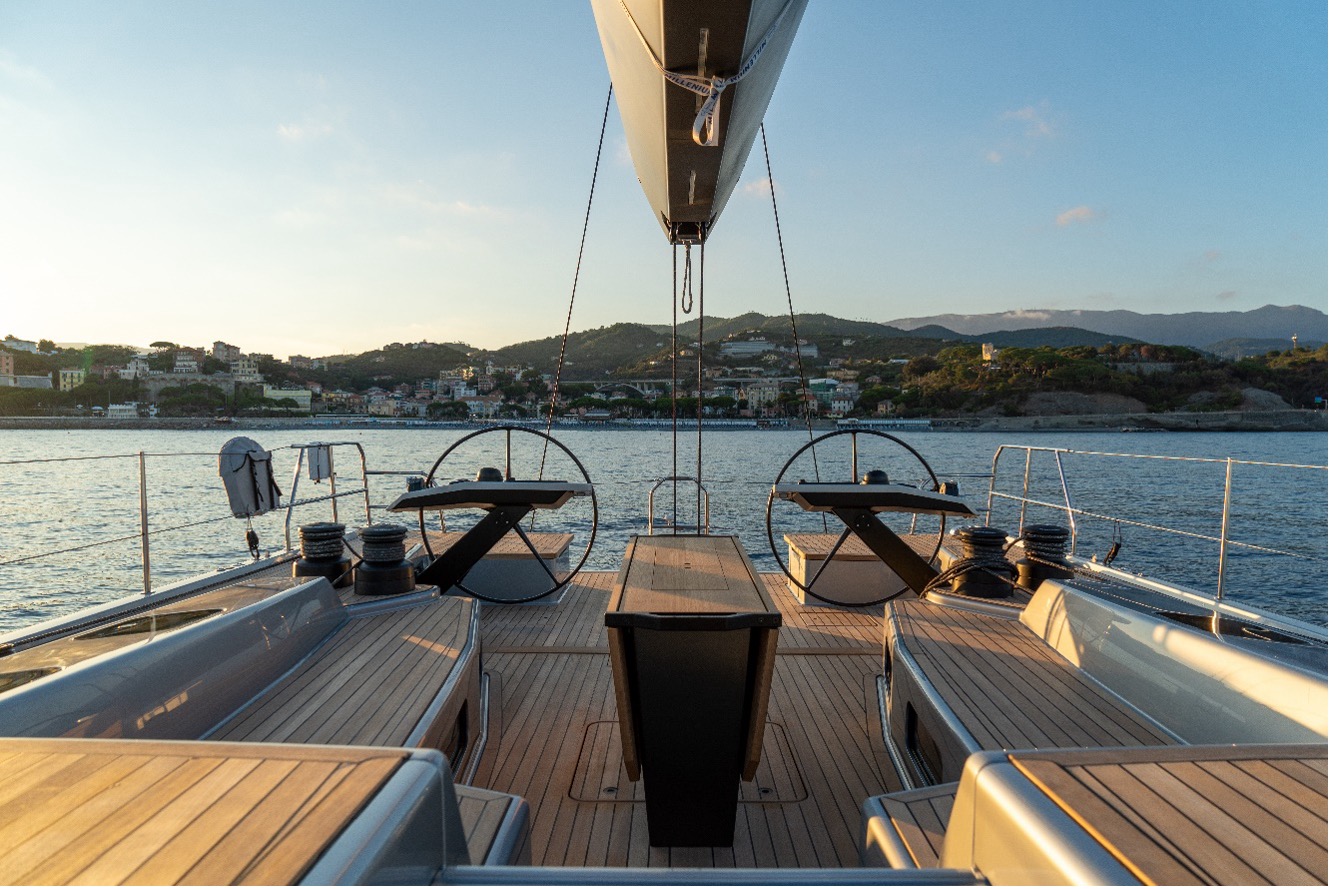

One Response
Pretty article! I found some useful information in your blog, it was awesome to read, thanks for sharing this great content to my vision, keep sharing.